Virginia Johnson, 1925–2013
The researcher who helped redefine sex
In the 1950s, there were few places where couples with sex problems could seek help. They could visit a priest and pray for enlightenment, or see a psychologist and be told that the trouble probably began with their mothers. That all changed in 1957, when a middle-aged gynecologist named William Masters recruited Virginia Johnson—later his lover and then wife—to work on a pioneering study of human sexuality. In their laboratory, they documented hundreds of couples at every stage from arousal to orgasm. Their groundbreaking findings, published in a series of popular and controversial books in the 1960s and ’70s, would permanently illuminate the once-taboo subject and, said Johnson, make their names as synonymous with sex as “Kleenex is to tissue.”
Johnson, who grew up on a Missouri farm, was a three-times divorced mother in her 30s when she went job hunting at Washington University in St. Louis, said The Times (U.K.). Masters sought a female research partner for his study on sexual stimulation, and Johnson—who said that sex was “never a problem in any of her marriages”—proved the perfect collaborator. While Masters was the main scientific mind, it was Johnson, her biographer wrote, who could persuade people “to drop their pants in the name of science.” Over the next decade, they observed 382 women and 312 men, aged 18 to 89, having sex or masturbating, recording every physical aspect of their responses.
In 1966, Masters and Johnson published their first book, Human Sexual Response. Written in dry, scientific language, it was nevertheless a sensation thanks to its shattering of numerous sexual misconceptions. Their research showed that, despite Sigmund Freud’s claims, there was no difference between a vaginal and clitoral orgasm, and that it was healthy for elderly people to have sex, said The New York Times. More books followed, and in 1978 they founded the Masters and Johnson Institute in St. Louis, which helped thousands of couples overcome sexual problems, said the Los Angeles Times. During their own marriage, which lasted from 1971 to 1993, the two were often asked how they kept their relationship harmonious. They replied that there was one subject they never discussed at home—politics.
The Week
Escape your echo chamber. Get the facts behind the news, plus analysis from multiple perspectives.

Sign up for The Week's Free Newsletters
From our morning news briefing to a weekly Good News Newsletter, get the best of The Week delivered directly to your inbox.
From our morning news briefing to a weekly Good News Newsletter, get the best of The Week delivered directly to your inbox.
A free daily email with the biggest news stories of the day – and the best features from TheWeek.com
-
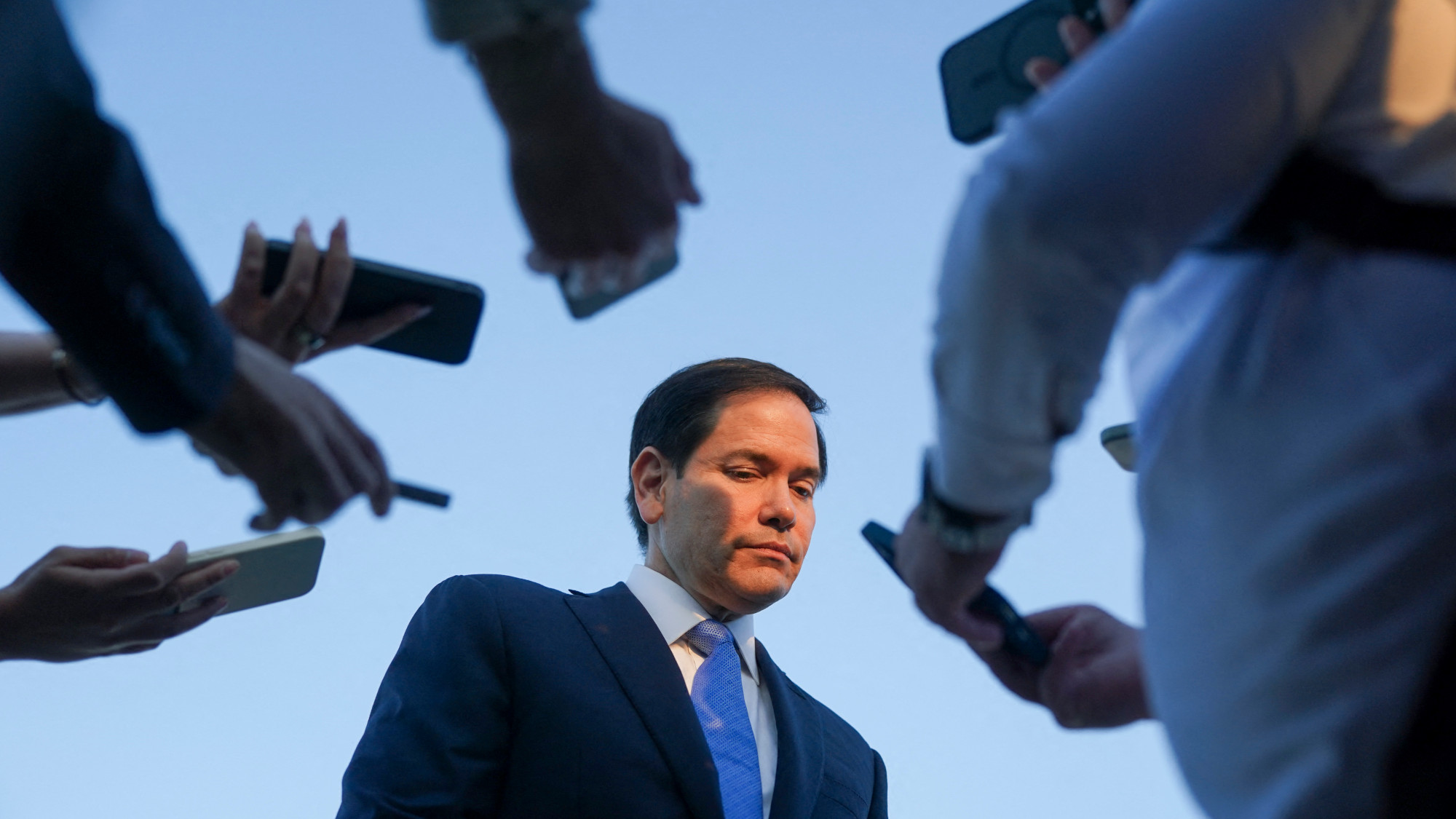 Ukraine and Rubio rewrite Russia’s peace plan
Ukraine and Rubio rewrite Russia’s peace planFeature The only explanation for this confusing series of events is that ‘rival factions’ within the White House fought over the peace plan ‘and made a mess of it’
-
 Are Republicans going to do a deal on health care?
Are Republicans going to do a deal on health care?Today's Big Question Obamacare subsidies are expiring soon
-
 The powerful names in the Epstein emails
The powerful names in the Epstein emailsIn Depth People from a former Harvard president to a noted linguist were mentioned
-
 R&B singer D’Angelo
R&B singer D’AngeloFeature A reclusive visionary who transformed the genre
-
 Kiss guitarist Ace Frehley
Kiss guitarist Ace FrehleyFeature The rocker who shot fireworks from his guitar
-
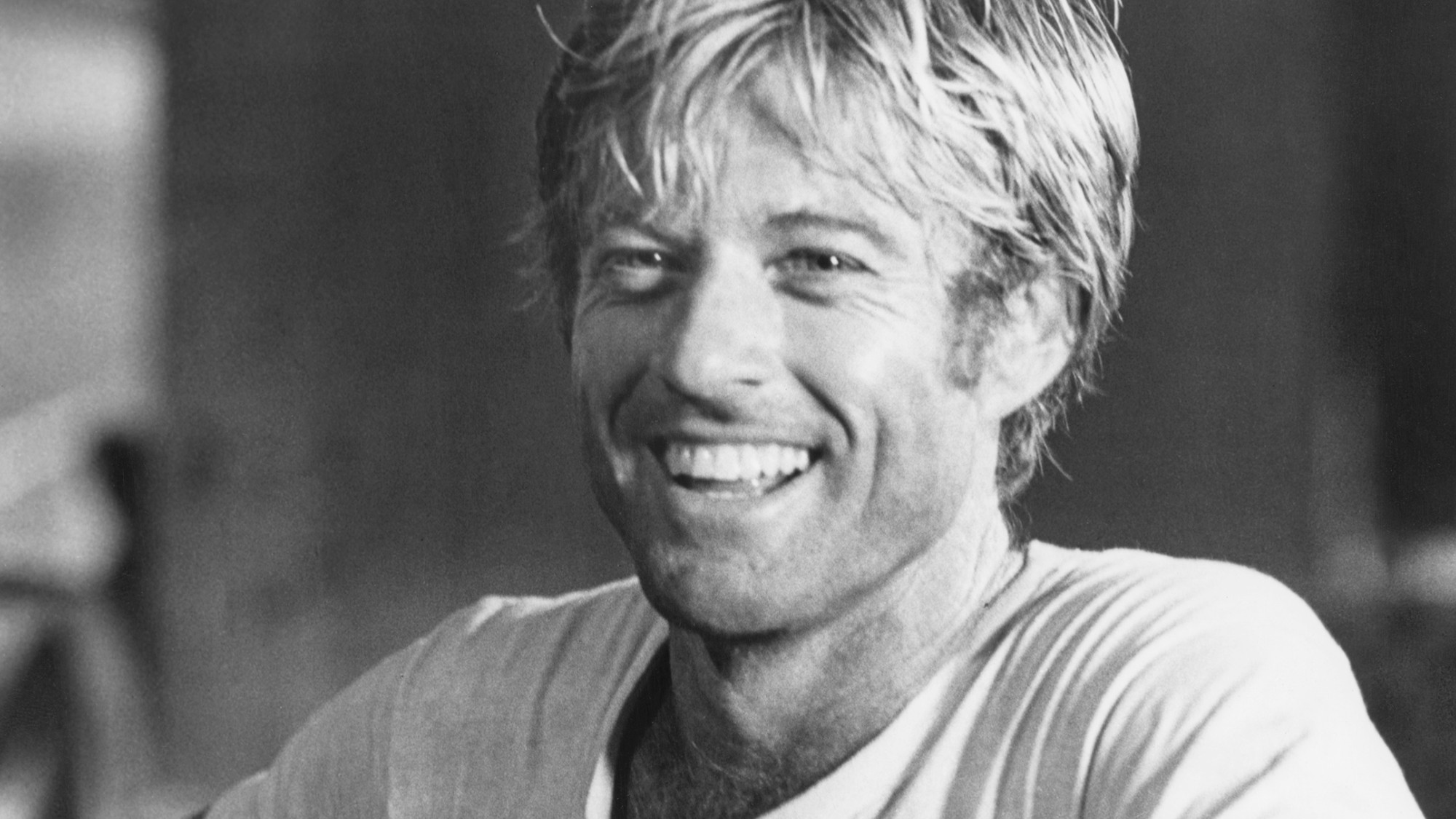 Robert Redford: the Hollywood icon who founded the Sundance Film Festival
Robert Redford: the Hollywood icon who founded the Sundance Film FestivalFeature Redford’s most lasting influence may have been as the man who ‘invigorated American independent cinema’ through Sundance
-
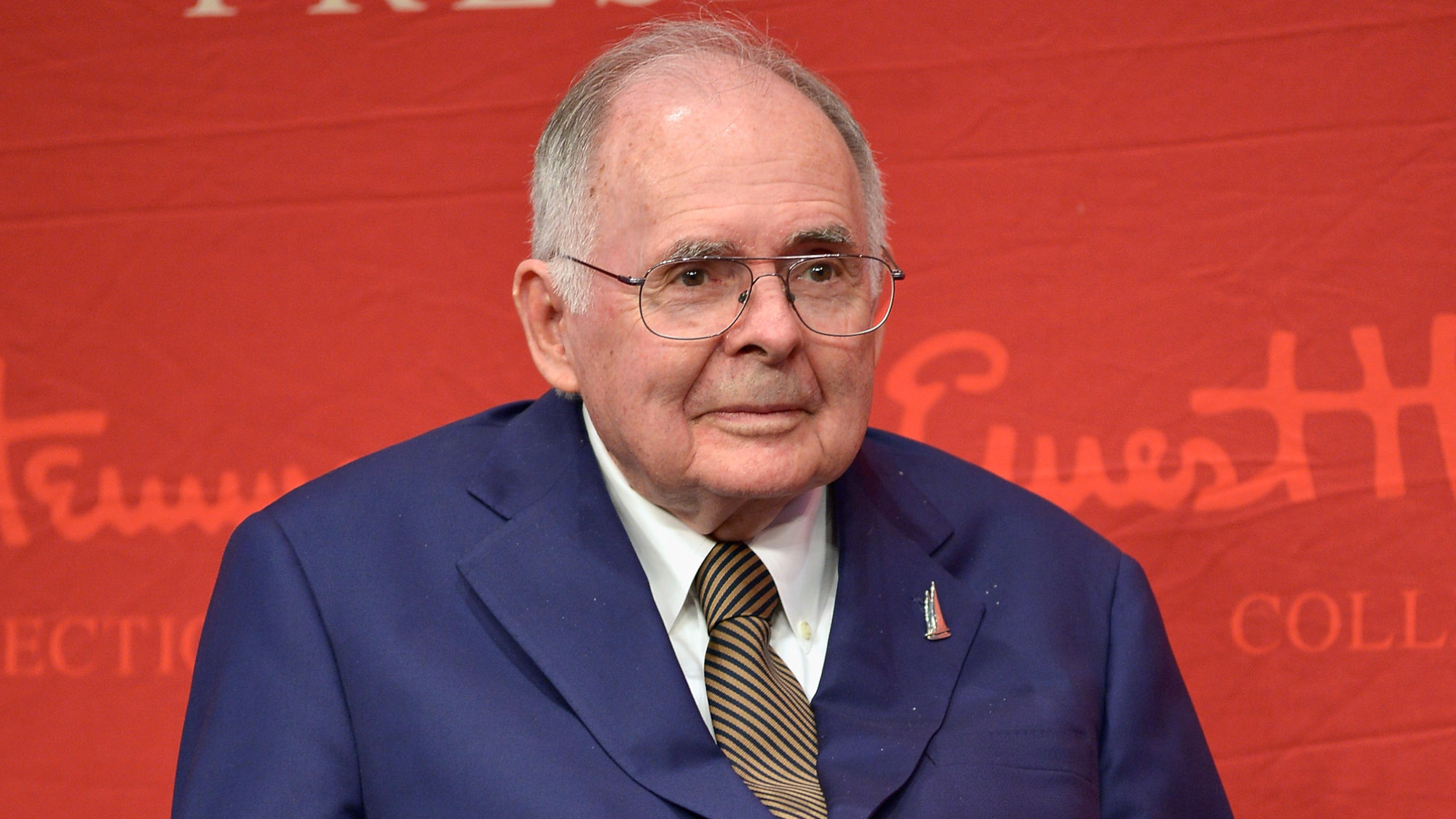 Patrick Hemingway: The Hemingway son who tended to his father’s legacy
Patrick Hemingway: The Hemingway son who tended to his father’s legacyFeature He was comfortable in the shadow of his famous father, Ernest Hemingway
-
 Giorgio Armani obituary: designer revolutionised the business of fashion
Giorgio Armani obituary: designer revolutionised the business of fashionIn the Spotlight ‘King Giorgio’ came from humble beginnings to become a titan of the fashion industry and redefine 20th-century clothing
-
 Ozzy Osbourne obituary: heavy metal wildman and lovable reality TV dad
Ozzy Osbourne obituary: heavy metal wildman and lovable reality TV dadIn the Spotlight For Osbourne, metal was 'not the music of hell but rather the music of Earth, not a fantasy but a survival guide'
-
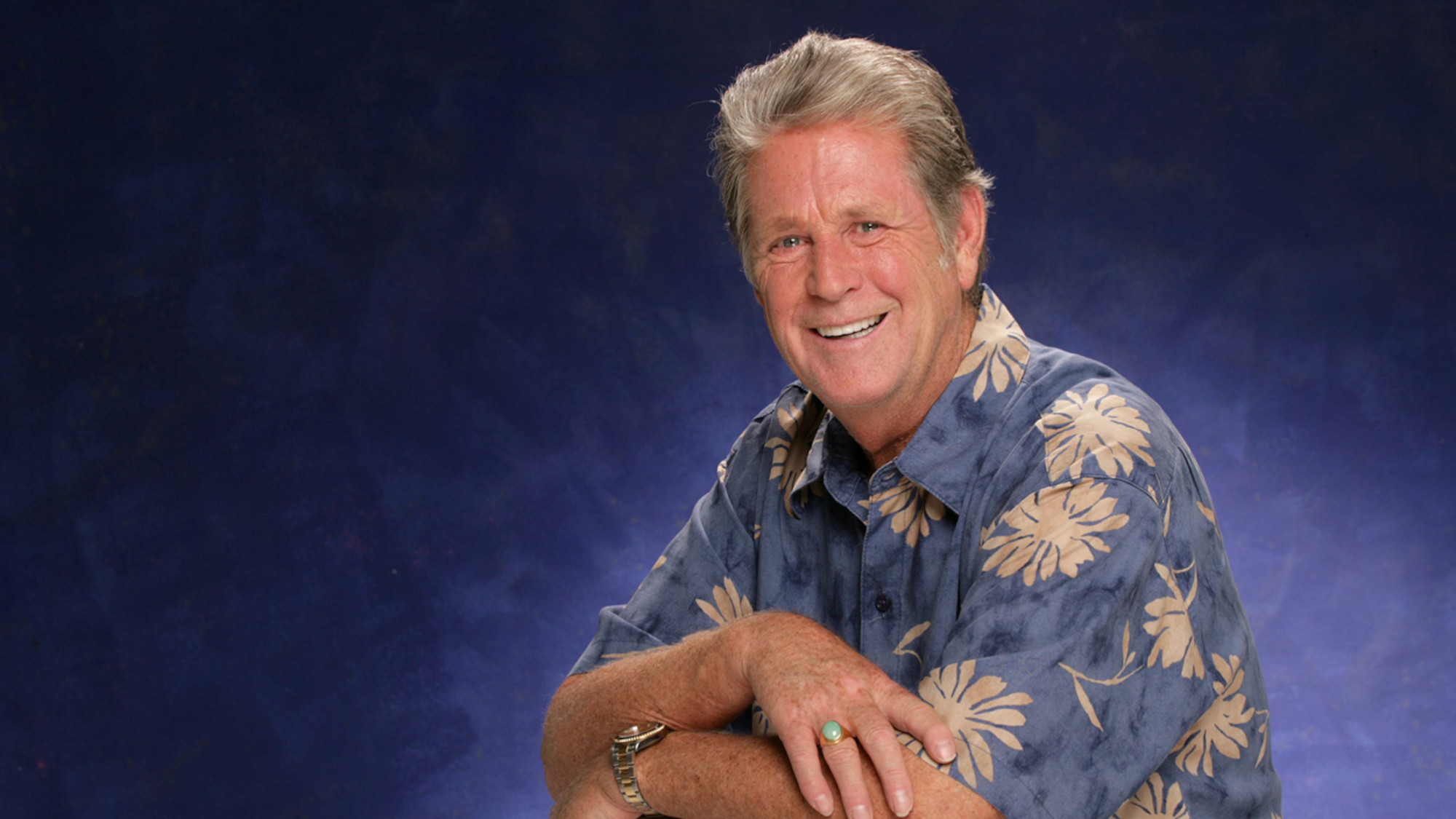 Brian Wilson: the troubled genius who powered the Beach Boys
Brian Wilson: the troubled genius who powered the Beach BoysFeature The musical giant passed away at 82
-
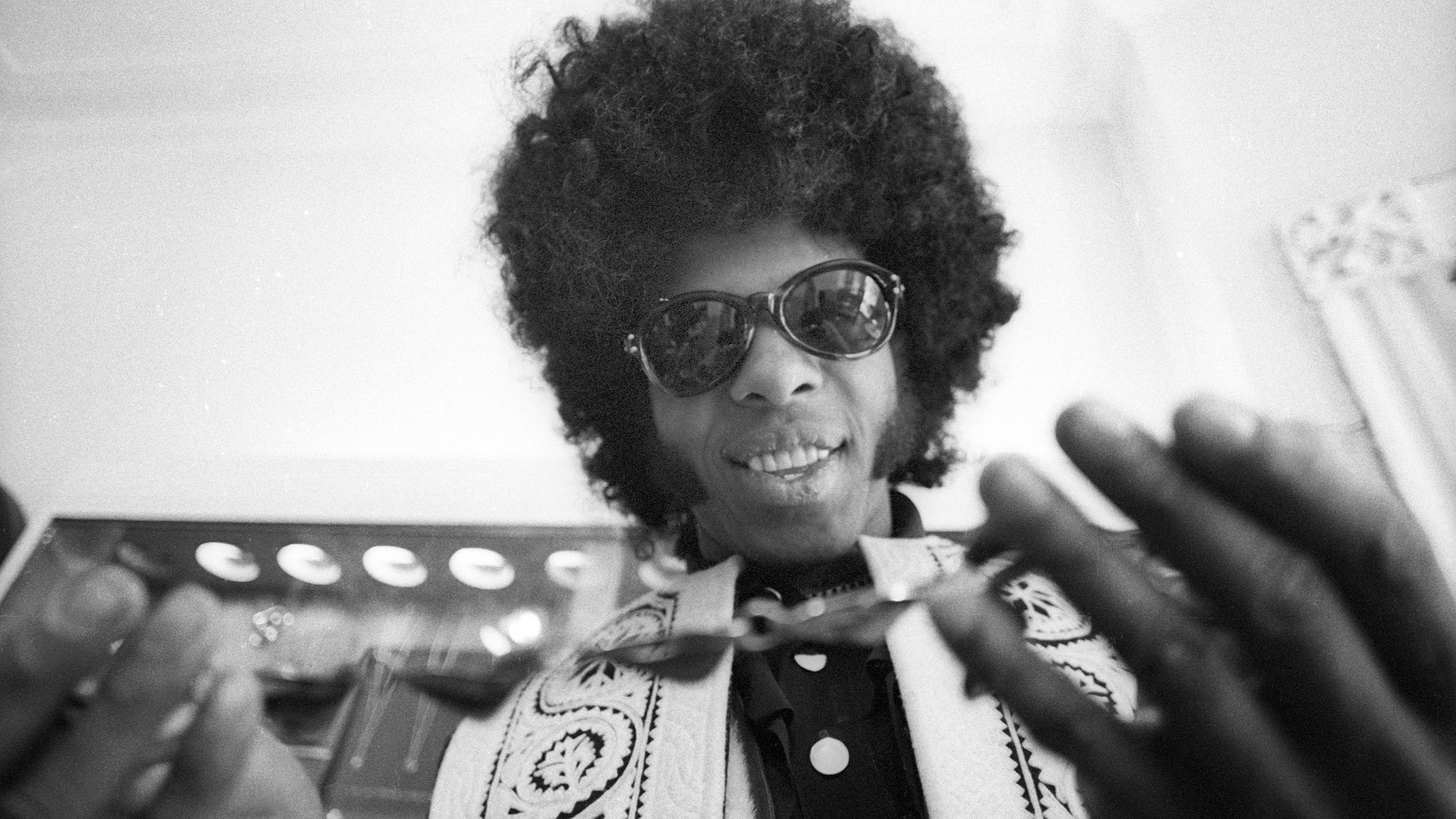 Sly Stone: The funk-rock visionary who became an addict and recluse
Sly Stone: The funk-rock visionary who became an addict and recluseFeature Stone, an eccentric whose songs of uplift were tempered by darker themes of struggle and disillusionment, had a fall as steep as his rise